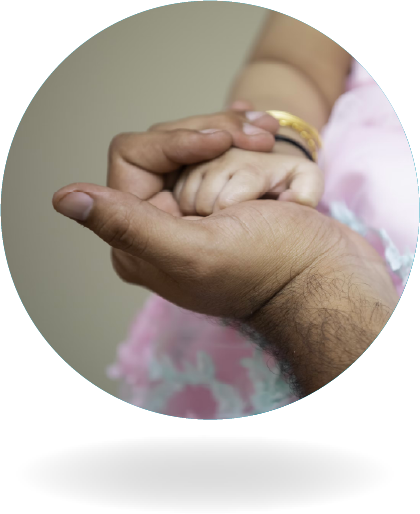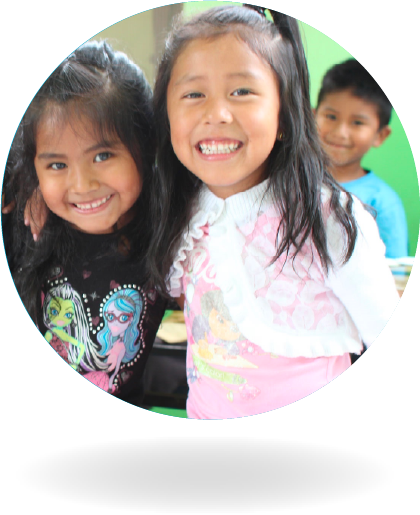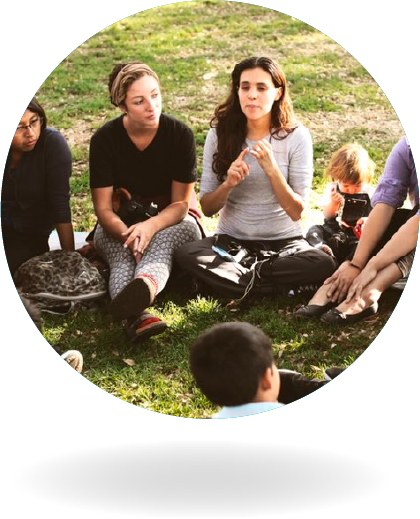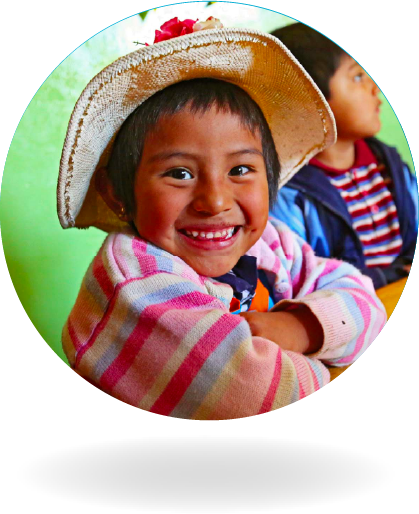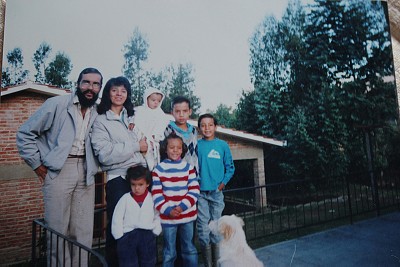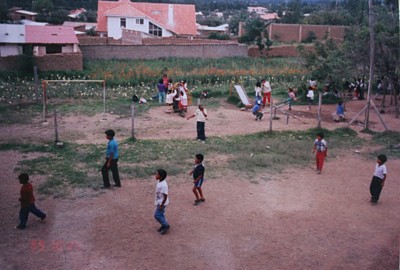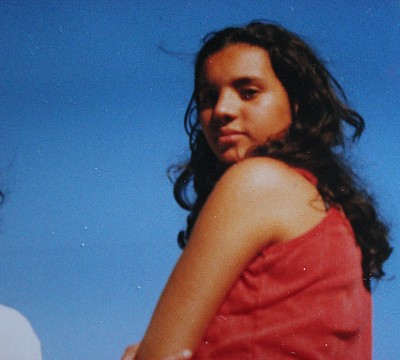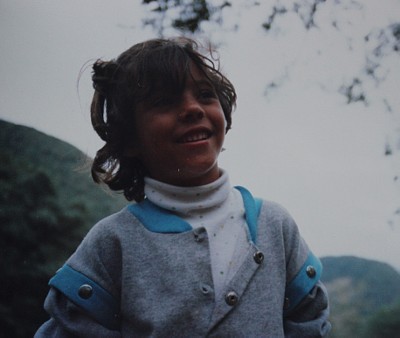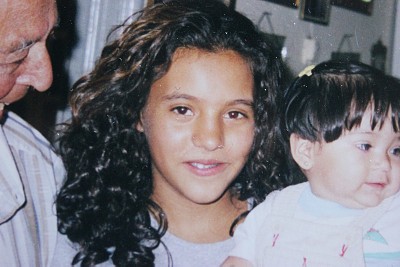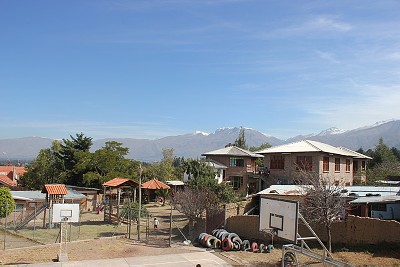Who WE Are

PREVENTION:
Eradicate sexual violence through transdisciplinary prevention strategies targeting root causes and complex cultural and social dynamics reproducing cycles of sexual violence.
HEALING:
Restore the lives of those who’ve suffered child sexual violence by providing them through free, holistic support, for healing and justice.
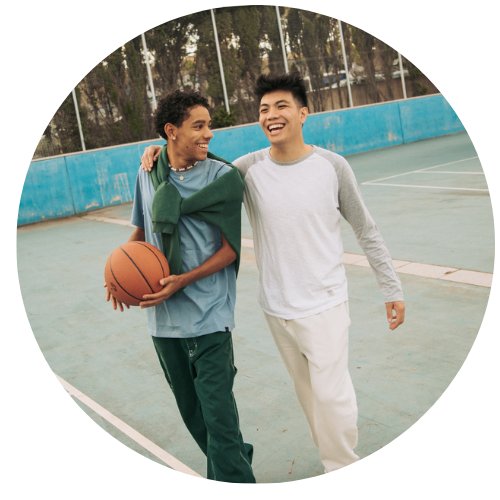

JUSTICE:
We secure access to justice for survivors, as an integral feature of individual healing, and to strengthen legal systems.

NEW WORLD:
A Breeze of Hope envisions a safe world, where all children can experience the magic of childhood and reach their potential to live full, happy lives.
Transparency
We ensure that our directors, officers, and staff are equally accountable to each other. Our non-hierarchal, peer-based accountability system ensures that each person in the organization receives constructive feedback on performance and can self-assess before the work community.
Accountability
We take personal responsibility for using our resources efficiently, achieving measurable results, and being accountable to supporters, partners, and, most of all, children.
Integrity
We aspire to live to the highest standards of personal honesty and behavior. We never compromise our reputation and always act in the best interest of children.
Collaboration
We respect and value each other, thrive on our diversity, and collaborate to leverage our global strength in making a difference for children. We believe that the strongest movements are created when people and organizations partner to combine their strengths, ideas, and experiences.
Creativity
We embrace new ideas and change, and we take disciplined risks to develop sustainable solutions for and with children.
Excellence
We demand the best of ourselves. We are committed to the highest standards of professionalism and excellence in all of our work. We set high goals and firmly commit to improving the quality of everything we do for children.
A Breeze of Hope’s History
by Brisa De Angulo
LET'S


